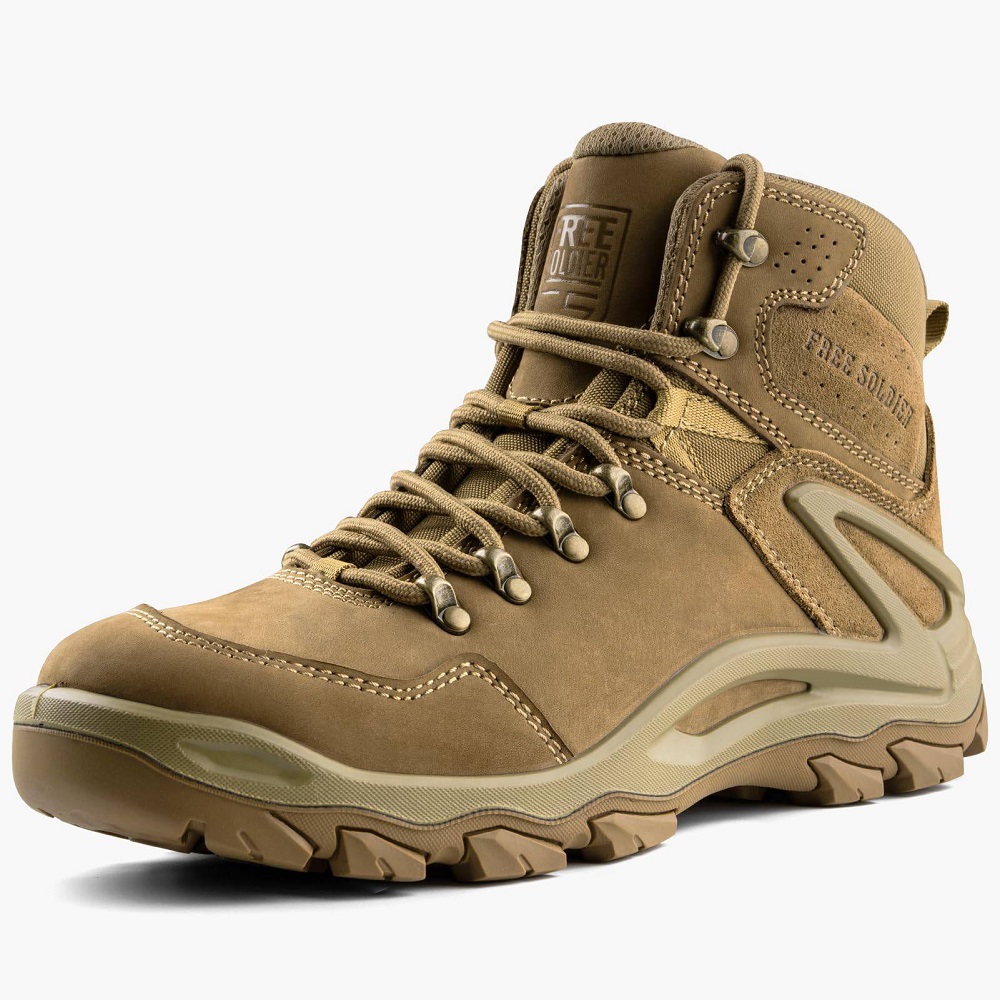Choosing the Right Hiking Boots for Your Needs
Finding the best hiking boots starts with understanding your requirements. Your needs will vary based on the trails, terrain, and personal preferences. Selecting the right boots ensures comfort, safety, and durability during outdoor adventures.
Types of Hiking Boots: Lightweight, Midweight, and Heavyweight
Different hiking boots serve various purposes:
- Lightweight Hiking Boots: Best for simple day hikes. These boots are easy to wear and reduce fatigue.
- Midweight Hiking Boots: Suitable for overnight trips or moderate terrain. They offer more support and durability.
- Heavyweight Hiking Boots: Ideal for tough, challenging trails. They provide maximum support and protection.
Consider the type of hike you plan to determine the right boot category.
Key Factors to Consider When Selecting Hiking Boots
Selecting hiking boots involves considering several important aspects:
- Comfort: Ensure the boots fit snugly without causing blisters or pain.
- Support: Look for ankle and arch support to prevent injuries.
- Durability: Choose materials that withstand wear and tough conditions.
- Waterproofing: Wet feet can ruin your hike, so waterproof boots are essential.
- Breathability: Boots that allow airflow keep your feet cool and dry.
- Traction: Ensure the soles grip the terrain for safety.
Taking these factors into account will guide you toward the best choice for your hikes.
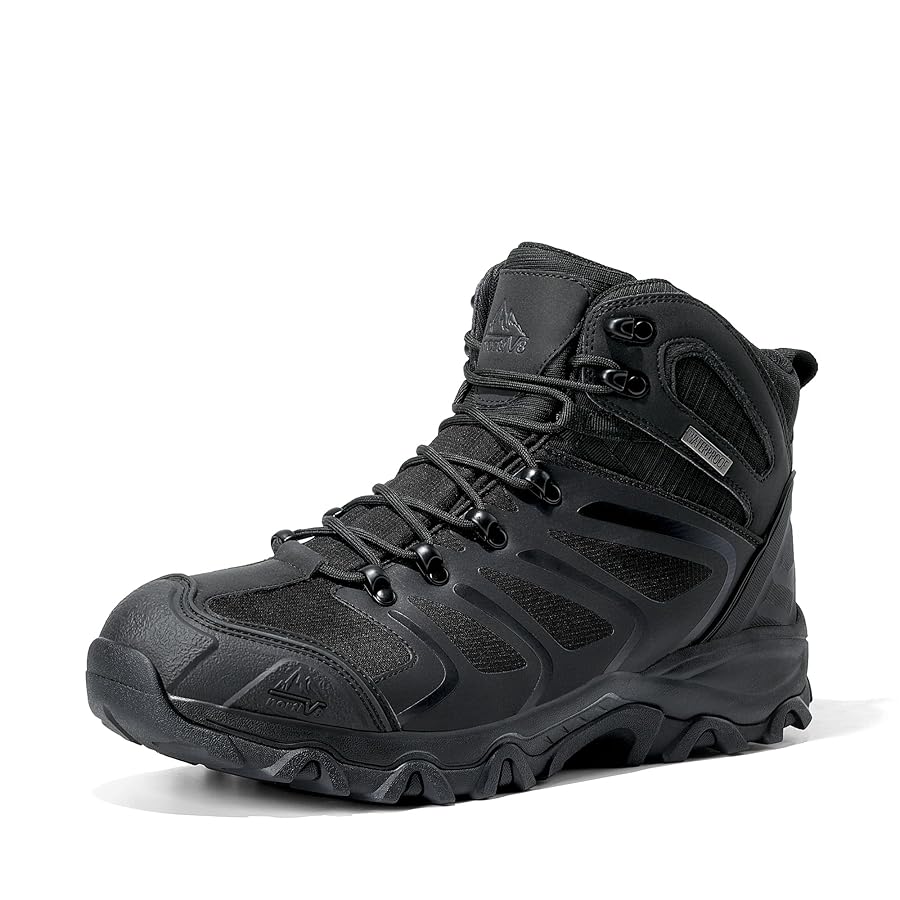
Top Features to Look for in Hiking Boots
Hiking boots should meet key performance criteria for comfort and durability. We will explore essential features to look for when choosing the best hiking boots for your needs.
Support and Stability
Strong support ensures your safety on uneven trails. Look for boots with solid ankle support to reduce injuries. Sturdy midsoles help maintain balance on rocky terrain. Always prioritize stability to enhance your hiking experience.
Waterproofing and Breathability
Waterproofing protects your feet from rain and wet conditions. Breathability keeps your feet dry by allowing sweat to escape. Choose boots with both features for comfort in all weather. Synthetic fabrics and Gore-Tex material work well for waterproofing and ventilation.
Traction and Sole Construction
Traction is crucial for grip on different terrains. Durable rubber soles improve traction on slippery surfaces. Aggressive lug patterns provide better control on steep trails. Ensure your boots have a tough and high-performance sole design.
Weight and Material Durability
Lightweight boots reduce fatigue on longer hikes. Durable materials like leather and synthetic blends handle rough conditions. Avoid heavy boots unless you need them for challenging trails. Focus on balance between weight and strength for maximum comfort.
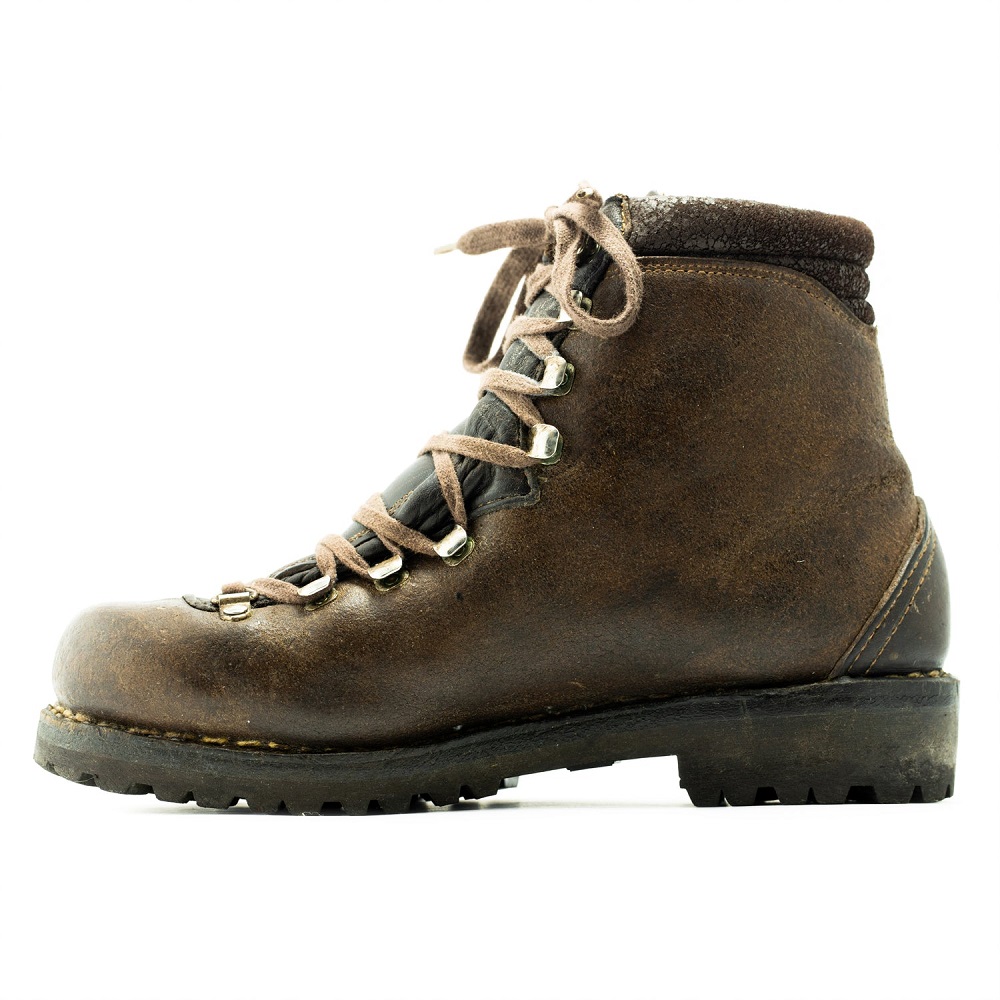
Best Hiking Boots for Different Terrains
Choosing the best hiking boots depends on the terrain you’ll encounter. Terrain-specific boots ensure comfort and safety during your adventures. Let’s explore the ideal options for mountain trails, wet and muddy paths, and long-distance treks.
Boots for Mountain Trails
Mountain trails demand boots that offer maximum stability and durability. Look for boots with:
- Strong ankle support: This prevents injuries on uneven surfaces.
- Stiff midsoles: They provide the necessary support on rocky and steep inclines.
- Aggressive tread patterns: Deep lugs ensure excellent grip on loose or slippery terrain.
- Durable materials: Leather or synthetic blends withstand the harsh mountain environment.
Heavyweight hiking boots are often ideal for such demanding trails. Their robust construction ensures support and protection throughout your hike.
Options for Wet and Muddy Paths
Hiking in rainy or muddy conditions requires waterproof boots with excellent traction. Features to prioritize include:
- Waterproof materials: Gore-Tex or similar membranes keep your feet dry in wet conditions.
- Quick-drying liners: These prevent discomfort from moisture.
- Mud-shedding outsoles: Lugs designed to shed mud help maintain grip.
- Sealed seams: Essential for preventing water from seeping into the boots.
For wet paths, midweight hiking boots often provide a balance between support and waterproofing. They are suitable for hikes that include wet terrain without the intense burden of heavyweight models.
Ideal Boots for Long-Distance Hiking
Long-distance hiking presents unique challenges. Comfort and lightness are key. Consider these features:
- Lightweight construction: Minimizes foot fatigue over extended periods.
- Cushioned midsoles: Enhances comfort during long treks.
- Breathable materials: Keeps your feet cool and reduces sweat buildup.
- Roomy toe boxes: Essential for avoiding blisters during continuous walking.
For long-distance hikes, lightweight or midweight boots are the best choice. These boots ensure comfort and reduce strain without sacrificing support.
By picking terrain-specific hiking boots, you improve your outdoor experiences. Matching your boots with your environment ensures both comfort and performance, no matter where your adventures lead.
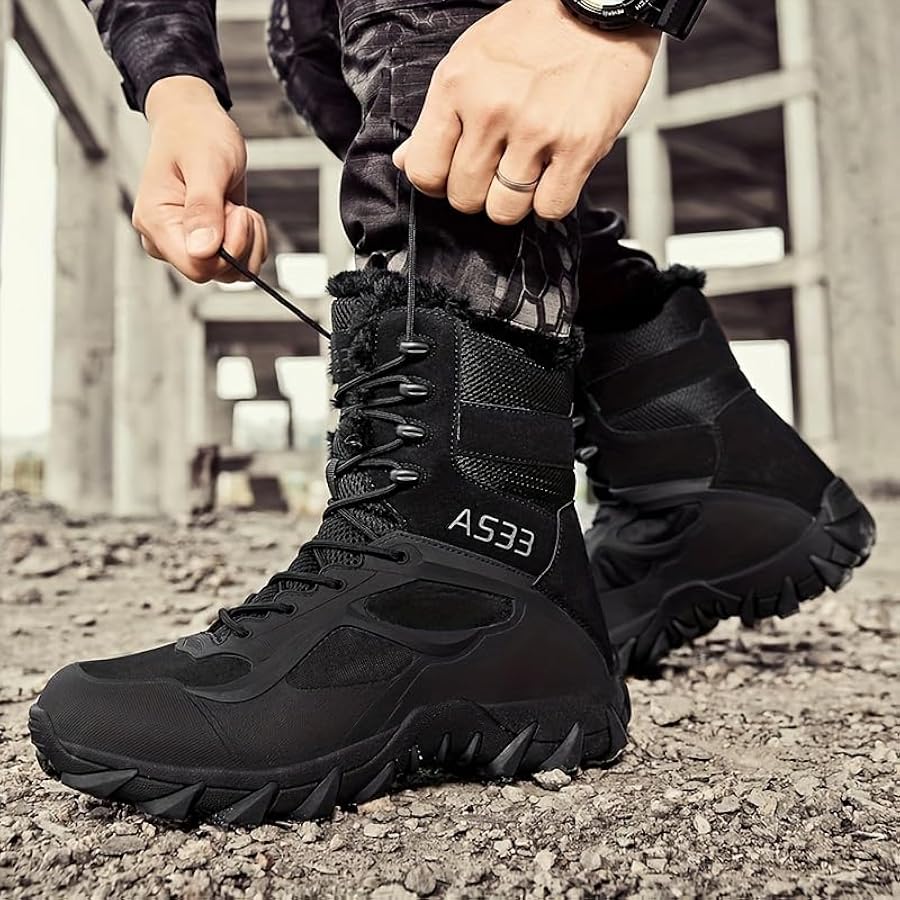
How to Ensure a Perfect Fit
Choosing best hiking boots that fit well is crucial for comfort and performance. A proper fit can prevent injuries and make your hikes enjoyable. Follow these steps to ensure your boots fit perfectly.
Measuring Your Feet Correctly
Accurate measurements are the first step to picking the right size. Here’s how you can measure your feet:
- Use a foot measuring tool: Find your exact foot length and width for sizing.
- Measure in the evening: Feet tend to swell during the day, so measure later for accuracy.
- Wear hiking socks: Use the type of socks you plan to wear while hiking for proper fit.
- Check both feet: Measure both feet as sizes may differ; fit your boots to the larger foot.
Precise measurements help you pick boots that won’t pinch or feel too loose.
Breaking in Your New Hiking Boots
Breaking in your boots is essential for avoiding discomfort during hikes. Here’s the process:
- Start with short walks: Wear your new boots around the house or on short errands.
- Gradually increase usage: Go for brief hikes to let the material flex and conform to your feet.
- Use proper socks: Stick to moisture-wicking hiking socks to prevent blisters.
- Adjust laces regularly: Experiment with different lacing techniques for best fit and comfort.
Breaking in your boots ensures they mold to your feet and feel comfortable for long treks.
Signs That Your Boots Fit Properly
A well-fitting hiking boot should offer comfort and stability. Check for these signs:
- Snug heel fit: Your heel should remain stable without excessive movement.
- Roomy toe box: You should be able to wiggle your toes freely.
- No pressure points: Ensure the boots don’t press on the sides, top, or back of your feet.
- Good arch support: Look for boots that stabilize your arches during walks.
- Minimal break-in pain: Comfortable boots won’t cause lasting pain during the break-in process.
If your boots meet these criteria, they’re likely a perfect fit for your hiking needs.
Maintenance and Care Tips for Long-Lasting Hiking Boots
Proper maintenance ensures your hiking boots last longer and perform well. Follow these tips to keep them in great shape.
Cleaning and Drying Your Boots
- Remove dirt after every hike: Use a soft brush to clean mud and debris.
- Wash with mild soap and water: Avoid harsh chemicals that can damage materials.
- Clean hard-to-reach areas: Use a toothbrush for lugs and seams.
- Dry slowly: Stuff boots with newspaper and keep them in a ventilated space.
- Avoid direct heat: High temperatures can crack leather and warp synthetic materials.
Consistent cleaning prevents buildup and ensures long-term durability.
Waterproofing Maintenance
- Reapply waterproof coatings: Use sprays or wax to renew their waterproofing after regular use.
- Check for leaks: Inspect seams and materials for signs of water penetration.
- Follow product instructions: Apply treatments suitable for your boot’s material.
- Maintain breathability: Don’t overuse waterproofing products that can block airflow.
- Store in a dry place: Avoid damp areas that can weaken waterproof membranes.
Regular waterproofing maintenance ensures your boots perform in wet conditions.
Repairing and Resoling Your Boots
- Fix minor scuffs and tears: Use repair kits for quick fixes on leather or fabric.
- Replace worn-out soles: Get boots resoled by a professional cobbler to extend life.
- Check laces and eyelets: Replace worn laces and repair broken eyelets to maintain proper fit.
- Reinforce weak areas: Address frayed stitching or loose parts early to prevent further damage.
- Know when to replace: If repairs are too costly or boots lose support, consider a new pair.
Timely repairs restore functionality and comfort for your outdoor adventures.
By cleaning, waterproofing, and repairing your boots, you ensure they stay reliable for years.
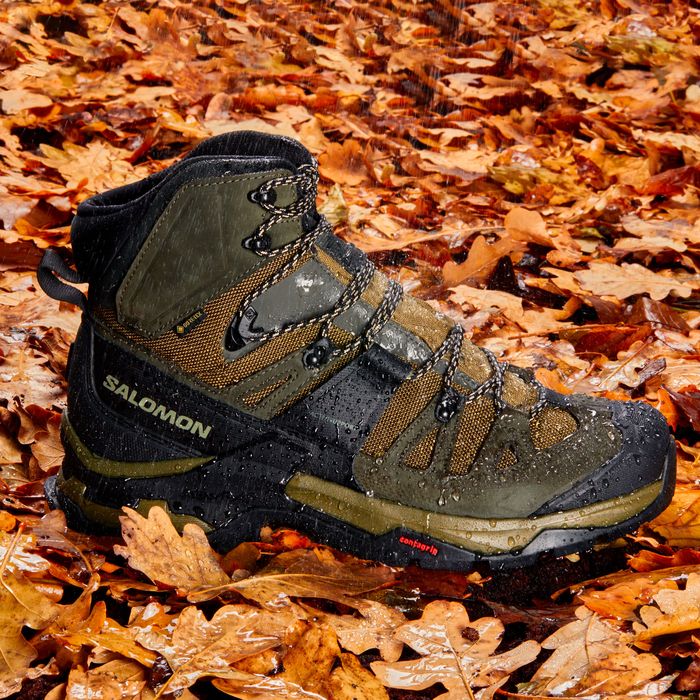
Recommended Brands and Models of Hiking Boots
Choosing the right brand can make a difference in boot performance. Good brands ensure quality, comfort, and durability.
Popular Hiking Boot Brands to Consider
When looking for reliable hiking boots, these brands stand out:
- Salomon: Known for innovative designs, Salomon boots offer comfort and durability for various trails.
- Merrell: This brand focuses on lightweight boots with excellent cushioning and breathability.
- Columbia: Columbia boots combine affordable prices with dependable waterproofing and traction.
- Vasque: Vasque boots provide strong ankle support and high-quality materials for rough terrains.
- KEEN: KEEN specializes in wide toe boxes and great comfort, perfect for long-distance hikes.
- Lowa: Lowa boots are tailored for mountain trails, delivering premium support and stability.
Choose brands based on your preferred features and hiking environment.
High-Rated Hiking Boots for Beginners and Experts
Selecting hiking boots depends on your experience level and hiking needs. Here are top-rated models:
For Beginners:
- Merrell Moab 2 Mid Waterproof: Lightweight, affordable, and easy to break in.
- Columbia Newton Ridge Plus II: Durable and comfortable with solid waterproofing.
- KEEN Targhee III Mid: Features wide toe boxes and reliable grip for casual hikers.
For Experts:
- Salomon Quest 4D GTX: Offers exceptional support and advanced traction for challenging terrains.
- Lowa Renegade GTX Mid: Designed for experienced hikers seeking stability and comfort.
- Vasque Breeze AT Mid GTX: Combines rugged materials with innovation for tough trails.
Matching skill levels with the best hiking boots ensures comfort and reduces strain during adventures.
Budget-Friendly vs Premium Hiking Boots
When choosing best hiking boots, budgeting can significantly impact your choice. Quality and cost often align, but knowing the pros and cons of budget-friendly and premium options can help you decide wisely.
Pros and Cons of Budget Options
Budget-friendly hiking boots come with benefits and limitations:
Pros:
- Affordable: Great for casual hikers or beginners on a tight budget.
- Lightweight: Many budget options prioritize comfort over rugged construction.
- Easy to find: Available in most stores with reasonable pricing.
Cons:
- Limited durability: Cheaper materials may wear out faster in harsh terrains.
- Less support: May lack advanced ankle or arch support for extended hikes.
- Reduced features: Often lack technologies like Gore-Tex waterproofing or high-grip soles.
Budget boots are suitable for light hiking but may not last in demanding conditions.
When to Invest in High-End Hiking Boots
Premium hiking boots can be a smart investment for enthusiastic adventurers. Here’s why:
Advantages of Premium Boots:
- Superior quality: High-grade materials ensure better durability and performance.
- Advanced features: Waterproofing, breathability, and traction are optimized for all terrains.
- Tailored construction: Designed for comfort during long and challenging hikes.
When to Choose Premium Boots:
- Frequent hiking: Regular use requires boots that withstand wear and tear.
- Demanding terrains: Rocky, muddy, or steep trails need robust footwear.
- Extended trips: Multi-day hikes need reliable comfort and support.
Investing in premium boots ensures longevity and keeps your outdoor activities safe and enjoyable.
Choosing between budget-friendly and premium hiking boots depends on your activity level, terrain, and budget. Select the option that aligns with your hiking goals and priorities.
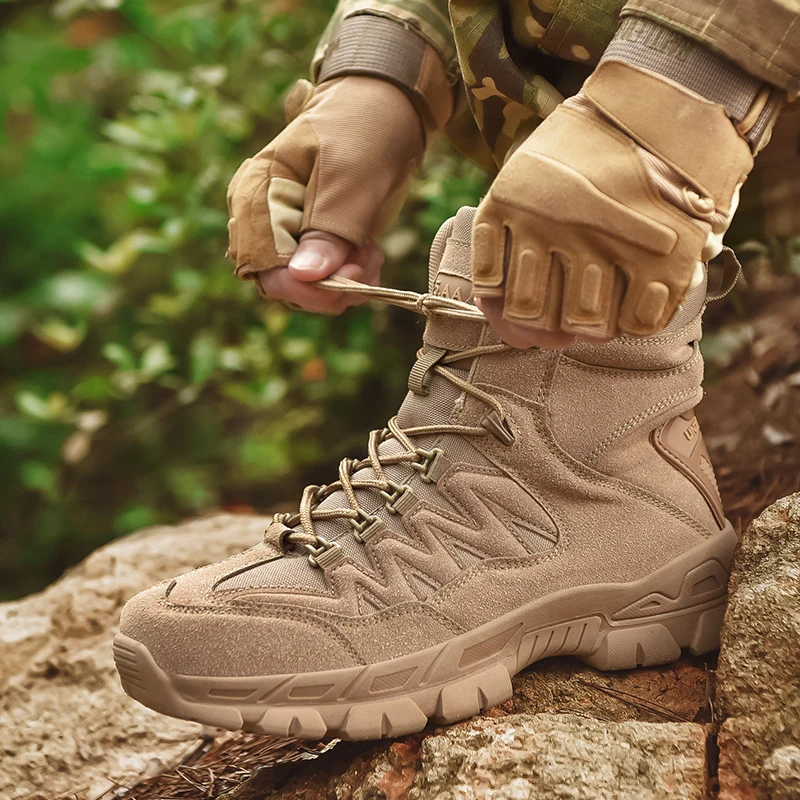
Key Takeaways for a Better Hiking Experience
Invest in Quality Footwear
Investing in high-quality hiking boots pays off in durability, comfort, and performance. The right pair of boots not only enhances your hiking experience but also protects your feet from injury and fatigue. Take the time to research and explore various options available on the market. Brands such as Merrell, Salomon, and Keen are known for their exceptional craftsmanship and attention to detail when it comes to hiking footwear.
Prioritize Fit Over Style
When selecting best hiking boots, prioritize fit above all else. While style factors into your decision, if the boots do not fit well, they won’t be comfortable or functional. Ensure you take your time trying on different models, sizes, and styles to find the perfect fit. With the right fit, you can enjoy hours of hiking without discomfort or pain, allowing you to enjoy every moment in nature.
Explore the Outdoors with Confidence
Finally, explore the outdoors with confidence in your selected boots. Whether you’re embarking on a short day hike or an extended wilderness adventure, knowing you have the right footwear will enhance your comfort and performance. Embrace the beauty of nature and the thrill of hiking, knowing that your boots support you every step of the way. So gear up, lace up your best hiking boots, and set out to discover new trails and breathtaking views, forging memories that will last a lifetime.
